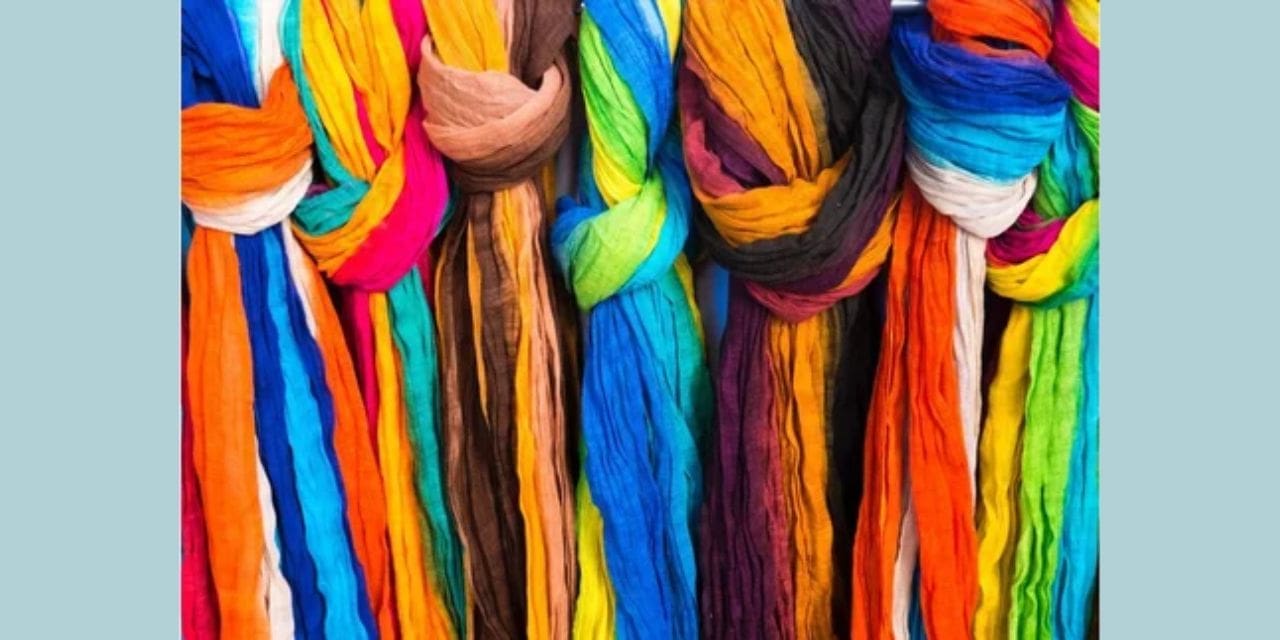The “Dyestuff for Textile Fibres Market” study report, published recently, offers a thorough analysis of the market’s growth potential, revenue potential, and current trends. Comprehensive segmentation data by type [Disperse Dyes, Reactive Dyes, Sulphur Dyes, Vat Dyes], application [Polyester Fibres, Cellulose Acetate Fibres, Cotton Textiles, Wool, Silk, Polyurethane Fibres], and geographic area are included in the report. Rivals are given opportunities in important growth industries. For businesses attempting to stay ahead of this constantly shifting industry, the Dyestuff for Textile Fibres market research study provides an in-depth review of the field. It includes growth analysis as well as past and future information on costs, income, demand, and supply, making it an essential tool for companies of all sizes.
The study offers insights into the fundamental factors influencing market growth as well as an in-depth analysis of the market environment. [124] The study report offers helpful data, from emerging trends to development prospects, for businesses and investors looking to capitalise on the Dyestuff for Textile Fibres market’s potential.
The market for dyestuff for textile fibres was valued at USD 5752.9 million in 2019; by the end of 2026, it is anticipated to have increased to USD 6757.6 million, with a CAGR of 2.3 percent.
The thorough primary and secondary research that went into the market research report for dyestuff for textile fibres. Along with a competitive analysis of the market segmented by application, type, and geographical trends, it also offers a thorough analysis of the market’s present and future goals. The study also offers a dashboard summary of the performance of the key market players, highlighting their prior and recent accomplishments. The research makes use of a variety of methodologies and analyses to provide accurate and comprehensive information on the Dyestuff for Textile Fibres Market.
According on product type and category, the global dyestuff market is divided into numerous types and applications. The CAGR for the forecast period from 2023 to 2030 is used to assess the market’s growth in terms of Value and Volume.

